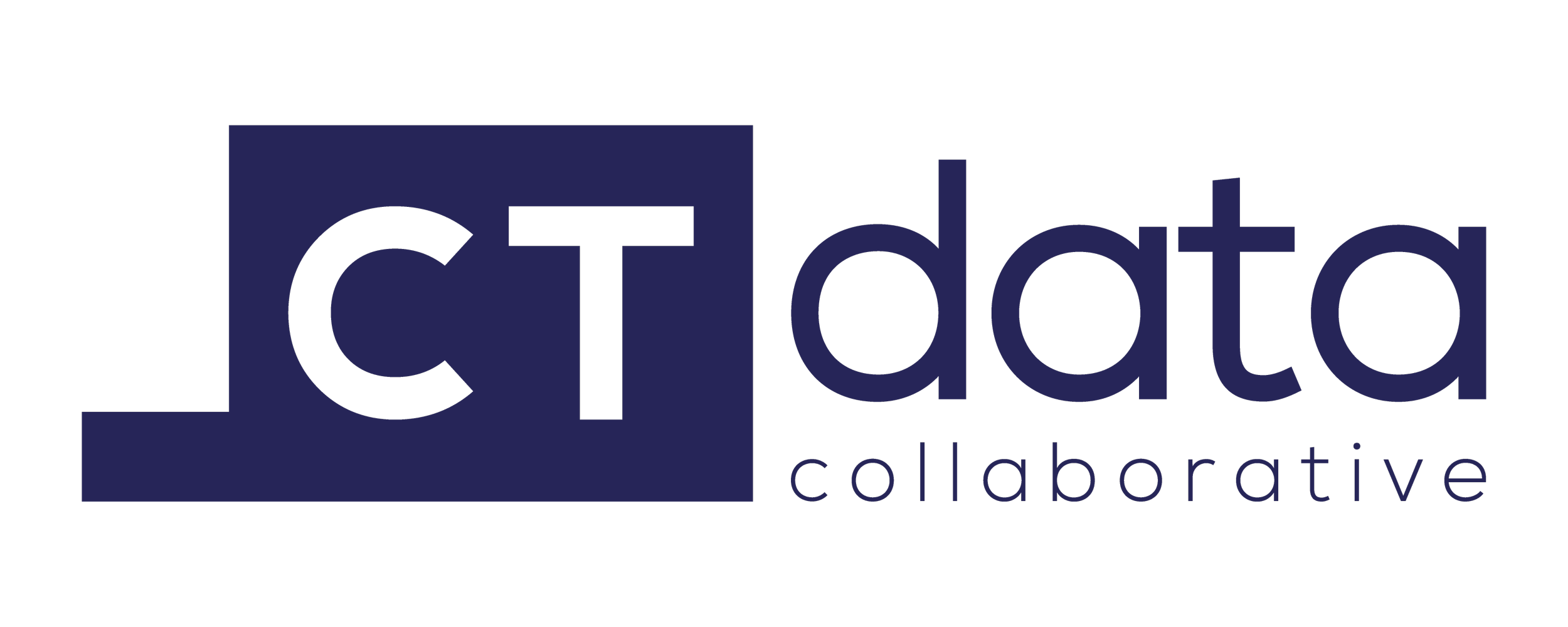CTData celebrated a year of transition and growth in 2019. We launched innovative new data projects, welcomed three new staff members, and assumed the role of leading the Hartford Data Collaborative—an initiative centered on building an integrated data system across nonprofits and the city.
As the Connecticut Census State Data Center, we bolstered our outreach around Census 2020, culminating in a series of workshops at our annual conference in November that provided crucial insights into planning for the decennial count.
Read MoreAs 2020 begins, the fast-approaching decennial 2020 United States Census looms large. To increase awareness and understanding of the importance of the census to Connecticut, to explain precisely how it will work, and to seek the assistance of organizations in communities statewide, the Connecticut Community Nonprofit Alliance, Connecticut Council for Philanthropy and Connecticut Data Collaborative will be co-sponsoring a series of workshops for nonprofit organizations throughout January.
Read MoreThe United State of Women partnered with the Connecticut Collective of Women and Girls for Galvanize CT with the purpose of "convening communities across the country and equipping women with the tools they need to keep fighting for gender equity.“
Read MoreWith 111 days until Census Day 2020 (April 1, 2020), the clock is ticking and communities must be ready to count everyone. That was the message that reverberated throughout the room during the December 10th Connecticut Complete Count Committee meeting, held at the State Capitol. This meeting brought together state leadership, Local Complete Count Committee (LCCC) representatives, service organizations, funders, and Census Bureau staff to brainstorm how to reach hard-to-count populations such as young children, those living in group quarters, and immigrant communities.
Read MoreThe Connecticut Data Collaborative (CTData) is seeking an enthusiastic person who loves data, believes in our mission, and wants to grow our organization to join our small team as the data analyst.
Read MoreThere is no one-size-fits-all approach to census communications. Each community will require its own nuanced plan, and although the online census form is making its debut in 2020, it’s imperative to consider inequities in access to technology and the potential barriers to census completion that this presents. For example, not all Connecticut households have access to the internet—in fact, around 200,000 households still do not have Internet access or have dial-up only. When strategizing about community outreach, it’s important to inform people about how the Census will reach out to them to help different populations complete the form easily and accurately.
Read MoreHaving a complete and accurate count of Connecticut communities during the 2020 Census is not merely an ambition—it’s a necessity. The information collected will determine how federal funding is allocated to Connecticut and will also inform federal and state-level redistricting. In fact, the 2010 Census resulted in nearly $11 billion flowing annually into Connecticut for essential programs and services like schools, transportation, emergency preparedness, and health interventions.
Read MoreThank you to the more than 130 people who joined us for our 12th CTData Conference. And another thank you to our wonderful sponsors: Be Foundation, Novus Insight, Hartford Foundation for Public Giving, and CT By the Numbers.
Read MoreOn Friday, November 8, Connecticut held its first-ever Census Create-A-Thon (#CreativesForTheCount). This event brought together Census Complete Count Committee representatives, municipal leaders, grassroots organizers, designers, content strategists, and media experts to create materials to reach hard-to-count communities across the state. During the four-hour event, teams developed over 20 communications materials such as posters, billboards, and public service announcements about the importance of Census 2020. CTData Collaborative Director of Community Impact, Elizabeth Grim, and Old Saybrook Selectman, Carol Conklin, won second place and $250 for the best content for their design: “I’m Learning to Count: Count Me in 2020.” Thank you, Expressiones Cultural Center in New London, for graciously donating the award.
Read MoreAs women, we are working, living, mothering, and leading in a world of systems that weren’t created for us or by us, yet we are still required to navigate them. One of our most powerful tools as we face these obstacles is collaboration, seizing every opportunity to both connect with and support each other.
Read MoreWhen you think about making better decisions through data, you might think about numbers, percentages, and bar charts. But the insights you can gain through words can be just as powerful. That’s why we’re launching a new training: Analyzing Qualitative Data.
Read MoreIn partnership with the Urban Institute, the Robert Wood Johnson Foundation, and the Liberal Arts Action Lab, we are pleased to share our 500 Cities Data Challenge project that uses census-tract level data to address health disparities in our community.
Read MoreWe took a little break, but CTData is back with another conference for data users from every sector and corner of the state. We can't tell you everything since we're still working our magic to make this the ultimate event for data people, but we can tell you to save the date for Wednesday, November 20th at the Omni Hotel in New Haven. Make sure to follow us on Facebook, Twitter, and LinkedIn to be the first to hear the official announcement!
Read MoreOn Monday, August 19, 2019, the CTData Collaborative hosted over 30 partners for a data forum on education and workforce development with the state’s Chief Data Officer, Tyler Kleykamp. Attendees included data lovers and users across multiple sectors including nonprofits, state agencies, philanthropy, higher education, advocacy organizations, for-profits, and independent consultants. CTData Executive Director, Michelle Riordan-Nold, remarked, “The diverse group of stakeholders engaged in the forum demonstrates the complexity of the topic and the necessity to address educational and workforce needs in the state.”
Read More

